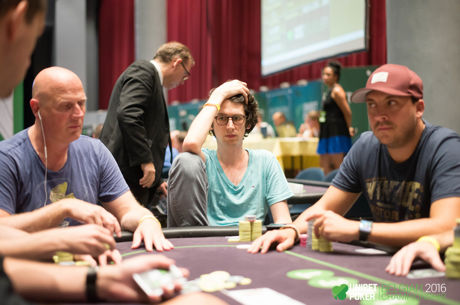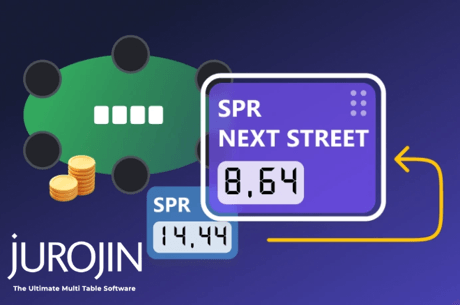How to Identify Aggressive vs. Passive Players at the Table

When first sitting down at a poker table full of new opponents, one of the best things you can do is to begin collecting information about those sitting around you. Finding out as soon as possible who is passive, who is aggressive, as well as which players seem more experienced and which less so, can be of great use when you begin to battle for pots against these players.
Near the conclusion of the recently completed European Poker Tour Prague festival, Sarah Herring sat down with poker pro Danny Tang to talk specifically about how he goes about collecting such information to help him distinguish the passive players from aggressive ones, and "regulars" from those who are less seasoned.
Fresh off winning a €1K event in Prague, Tang focuses on both certain live tells (are they talking a lot? do they sometimes show a lack of interest in flops?) and in-game actions (how many hands are they playing? are they opening a lot of pots?) as he starts to profile his opponents.
Regarding the latter, betting patterns are often a key giveaway that can clue you in quickly as to whether you're up against a tight amateur or an aggressive pro.
Tang points out how "these days there are so many different lines you can take," and so "we can't exactly say which ones are profitable and which ones are non-profitable." That said, actions like limp-calling or limp-folding and unorthodox sizing when betting can still serve as indicators of what kind of player you're up against.
Take a look:
What are some indicators you use to distinguish between aggressive and passive players? What other actions serve to tell you a player is an experienced, tough opponent or a less savvy novice?









